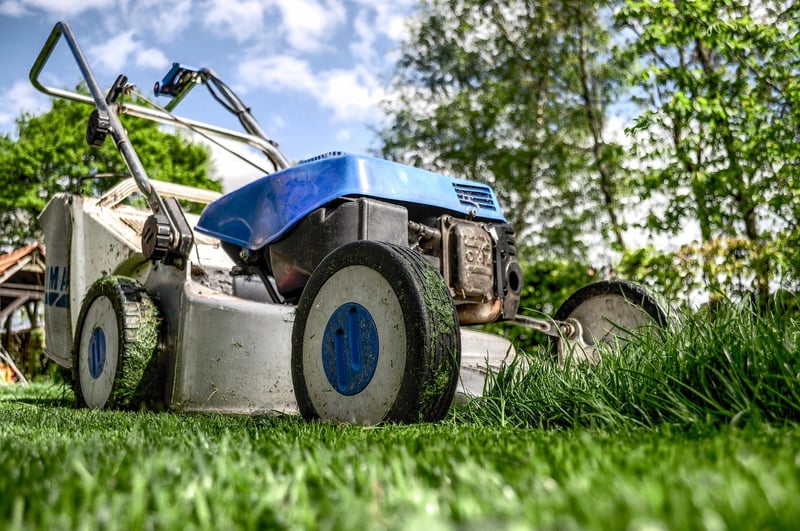Fertilizing Plants
Guidelines for Healthy Plants + Fertilizing Plants
Introduction
Welcome to our guide on maintaining healthy plants and effectively fertilizing them. Whether you are a seasoned gardener or just starting, these guidelines will help you nurture your plants and ensure they thrive.
1. Proper Watering
Water your plants regularly, but be mindful not to overwater. Different plants have different water requirements, so it's essential to research each plant's specific needs. Check the soil moisture level before watering to prevent waterlogging.
2. Adequate Sunlight
Most plants require sunlight to photosynthesize and grow. Ensure your plants receive adequate sunlight based on their sunlight preferences. Some plants thrive in full sun, while others prefer partial shade.
3. Nutrient-Rich Soil
Ensure your plants are planted in nutrient-rich soil. You can use organic compost or fertilizers to enrich the soil and provide essential nutrients for plant growth. Regularly check the soil quality to maintain a healthy environment for your plants.
4. Proper Drainage
Good drainage is crucial for plant health. Make sure your pots have drainage holes to prevent water from accumulating at the roots, which can lead to root rot. Use well-draining soil to promote healthy root growth.
5. Pruning and Maintenance
Regular pruning helps maintain the shape of your plants and promotes new growth. Remove dead or yellowing leaves, spent flowers, and overgrown branches to encourage healthy development.
6. Fertilizing Plants
While soil provides basic nutrients, fertilizers can supplement and enhance plant growth. Choose a fertilizer based on your plant's needs—whether it's nitrogen-rich for leafy growth or phosphorus-rich for flowering. Follow the instructions on the fertilizer package for proper application.
7. Types of Fertilizers
There are different types of fertilizers available, including organic and synthetic options. Organic fertilizers are derived from natural sources and promote soil health, while synthetic fertilizers are fast-acting and provide specific nutrients. Select a fertilizer that aligns with your plant's requirements and your gardening preferences.
8. Fertilizing Schedule
Establish a fertilizing schedule based on your plant type and growth stage. Plants have varying nutrient requirements during different phases of growth. Avoid over-fertilizing, as it can harm your plants. Typically, fertilize plants during the active growing season for best results.
Conclusion
By following these guidelines for healthy plants and fertilizing correctly, you can create a thriving garden filled with lush, vibrant plants. Remember to observe your plants regularly, adjust care as needed, and enjoy the beauty they bring to your surroundings.


